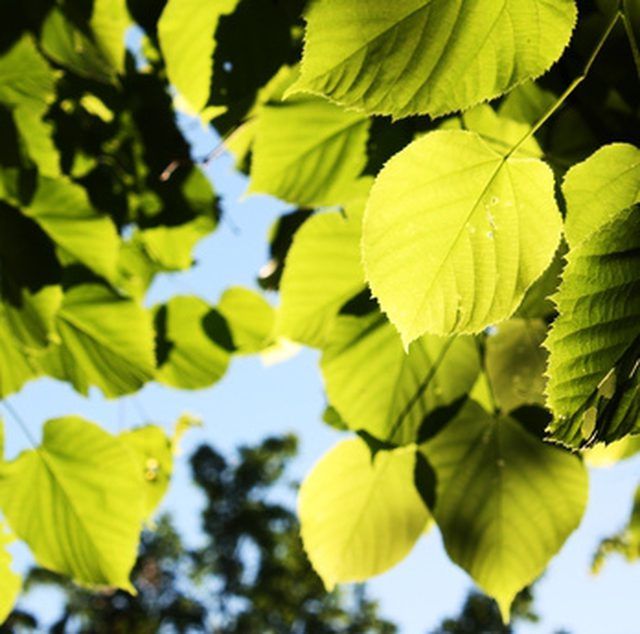Bulbs
Flower Basics
Flower Beds & Specialty Gardens
Flower Garden
Garden Furniture
Garden Gnomes
Garden Seeds
Garden Sheds
Garden Statues
Garden Tools & Supplies
Gardening Basics
Green & Organic
Groundcovers & Vines
Growing Annuals
Growing Basil
Growing Beans
Growing Berries
Growing Blueberries
Growing Cactus
Growing Corn
Growing Cotton
Growing Edibles
Growing Flowers
Growing Garlic
Growing Grapes
Growing Grass
Growing Herbs
Growing Jasmine
Growing Mint
Growing Mushrooms
Orchids
Growing Peanuts
Growing Perennials
Growing Plants
Growing Rosemary
Growing Roses
Growing Strawberries
Growing Sunflowers
Growing Thyme
Growing Tomatoes
Growing Tulips
Growing Vegetables
Herb Basics
Herb Garden
Indoor Growing
Landscaping Basics
Landscaping Patios
Landscaping Plants
Landscaping Shrubs
Landscaping Trees
Landscaping Walks & Pathways
Lawn Basics
Lawn Maintenance
Lawn Mowers
Lawn Ornaments
Lawn Planting
Lawn Tools
Outdoor Growing
Overall Landscape Planning
Pests, Weeds & Problems
Plant Basics
Rock Garden
Rose Garden
Shrubs
Soil
Specialty Gardens
Trees
Vegetable Garden
Yard Maintenance
How Does the Sun Affect Plants?
How Does the Sun Affect Plants?. The sun has an extremely important effect on plants. In fact, they cannot live without it, since they use the energy from sunlight for photosynthesis. The process of photosynthesis allows the plant to absorb energy through the chlorophyll in its leaves, which it then converts into food.If a plant does not have...

The sun has an extremely important effect on plants. In fact, they cannot live without it, since they use the energy from sunlight for photosynthesis. The process of photosynthesis allows the plant to absorb energy through the chlorophyll in its leaves, which it then converts into food.
If a plant does not have access to sunlight, its leaves will turn yellow and it will grow spindly, weak and lopsided as it tries to reach up to whatever light is available.
Photosynthesis
Photosynthesis is the process by which plants absorb energy from sunlight and convert it into a simple form of sugar. Chlorophyll, which is the green pigment in leaves, is instrumental in changing the energy from sunlight into a usable fuel.
During photosynthesis, the plant also uses water and carbon dioxide. Plants respire, or breathe in, carbon dioxide and release oxygen in its place.
Two Stages of Photosynthesis
Photosynthesis occurs in two stages called the light phase and the dark phase. In the first stage, or the light phase, light is absorbed by the chloroplasts (cells in the leaves) and is converted into energy.
In the second stage, or the dark phase, sunlight is not required. During this time the energy that has been absorbed is used along with carbon dioxide to make glucose. A byproduct of this reaction is oxygen.

Other Requirements
Carbon dioxide and water are also required by the leaves in order for them to conduct photosynthesis. There are tiny pores within plant leaves called stomata. Carbon dioxide is respired or breathed in through these stomata.
Water is absorbed through the plant's roots and channeled up to the leaves through the vascular tissue system of the plant.
Leaves
Leaves can be viewed as solar collectors. Chloroplasts (little cells in the leaves) actually conduct the photosynthesis with the help of chlorophyll, which is produced inside the chloroplasts. Chlorophyll is what gives leaves their green color.
Sunlight, carbon dioxide and water enter the leaves, and oxygen and sugar, which are the end products of photosynthesis, leave the leaves.

Chloroplasts
Chloroplasts are an integral part of photosynthesis. They contain several structures, each with a specific function.
The stroma is a dense fluid inside the chloroplast and it is the site where carbon dioxide is converted to sugar. The thylakoid is a flat sac-like membrane that converts energy from the sun into a chemical form. Chlorophyll is the green pigment from which leaves get their color, and it is the chlorophyll that absorbs the light energy.